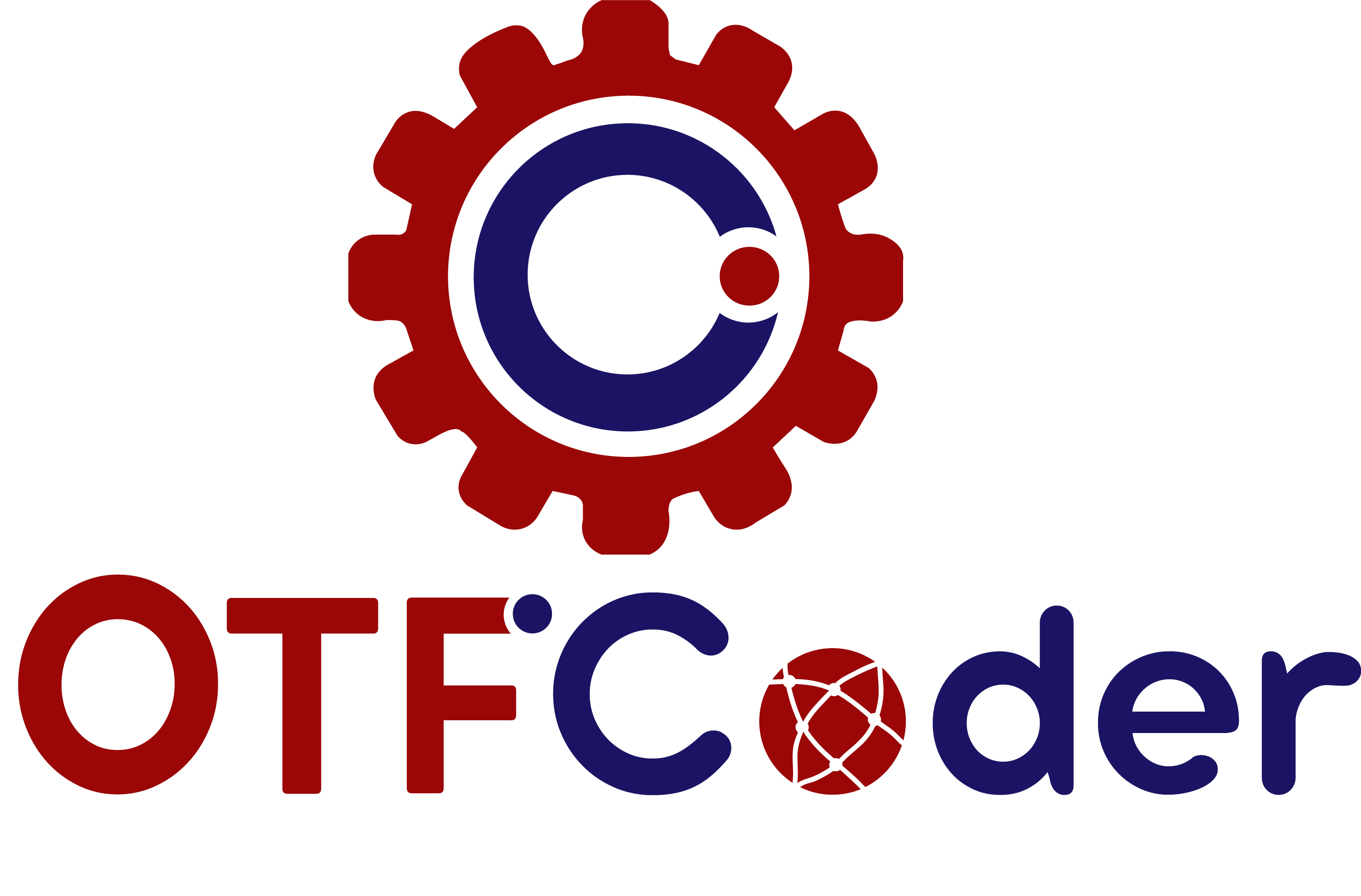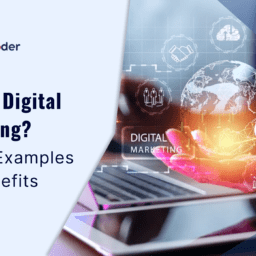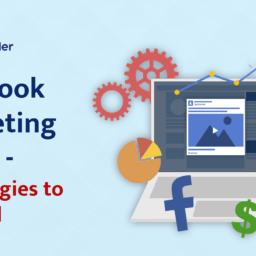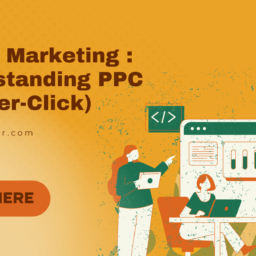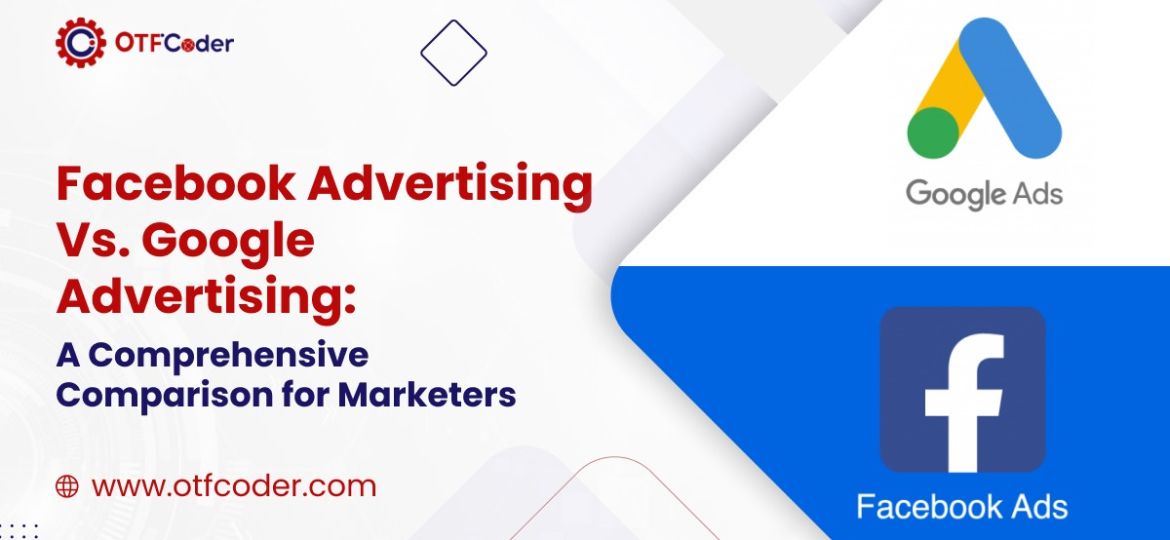
Have you ever debated whether to pour your budget into Google Ads or Facebook Ads? One is about capturing demand, and the other is about creating it. And if you get the mix wrong, your PPC advertising campaigns might go up in smoke.
In today’s digital battlefield, paid search (Google Ads) and paid social (Facebook Ads) dominate the space. Businesses rely on them to reach potential customers at the right time and place. But the real question is: which is right for your marketing strategy? Should you focus on search intent, or should you leverage social engagement?
Let’s break it down, explore the pros and cons, and—spoiler alert—see why the magic often happens when you combine both.
Understanding the Platforms
- What is Google Ads?
Imagine someone typing “best running shoes for flat feet” into Google. They’re not just browsing; they’re ready to buy. This is where Google Ads comes in—helping businesses appear at the exact moment when users are actively looking for a product or service.
Google Ads operates on a pay-per-click (PPC) advertising model, meaning you only pay when someone clicks your ad. It’s all about high-intent traffic.
- What are Facebook Ads?
Now, let’s shift gears. Instead of waiting for users to search for something, what if you could plant an idea in their minds? That’s exactly what Facebook Ads do. They’re paid social advertising that targets people based on their interests, behaviors, and demographics.
For example, suppose someone loves fitness and follows workout influencers. In that case, a sneaker ad might pop up in their feed—before they even consider buying new shoes. The goal here is demand generation, engagement, and brand awareness.
Both platforms sound powerful, right? Let’s see how they work.
How Do Google Ads Work?
Google Ads is like a well-oiled machine—it runs on precision, timing, and strategy. Here’s how it works:
- Keyword Research – This is the foundation. You bid on keywords that potential customers type into Google. The trick? Go beyond broad terms. If you sell running shoes, bidding on “best running shoes for knee pain” is far more intelligent than just “shoes.” More intent, fewer wasted clicks.
- Ad Campaign Creation – Google Ads isn’t a one-size-fits-all game. You can run Search Ads (text-based ads in search results), Display Ads (banner ads on websites), Shopping Ads (product listings), or even YouTube Ads. Choosing the right type matters.
- Ad Auction Process—The highest bid doesn’t always win. Google also considers ad quality (relevance, landing page experience, and past performance). So, a well-optimized ad can cost less and perform better.
- Ad Display—Your ads can appear in different places: search results, Google Display Network (other websites), YouTube, and Google Shopping. Each has its strengths.
- Click and Conversion Tracking – Without tracking, you’re throwing darts in the dark. Google lets you track clicks, conversions, and even calls made from your ad. Savvy marketers adjust their strategy based on these insights.
The key? Google Ads isn’t just about throwing money at keywords. It’s about strategy—knowing when to bid, what to say, and how to optimize.
How Do Facebook Ads Work?
If Google Ads is all about intent, Facebook Ads is about inspiration. You’re not targeting people searching; you’re capturing their attention before they know they want your product. Here’s how it works:
- Audience Targeting – This is where Facebook Ads shine. Instead of keywords, you target people based on their interests, demographics, and behaviors. Have a fitness product? Target people who follow fitness influencers, visit gyms, or recently bought activewear.
- Ad Content Creation – Text-heavy ads? Not here. Facebook thrives on visuals—videos, carousel ads, interactive stories. The more engaging, the better.
- Budget and Bidding – Unlike Google’s pay-per-click (PPC) advertising, Facebook works on impressions, clicks, or engagement-based pricing. You control how much you spend daily or over a campaign’s lifetime.
- Ad Placement – Your ads can appear in Feeds, Stories, Messenger, Instagram, and even on third-party apps. Choosing the correct placement makes all the difference.
- Ad Auction & Performance Tracking—Like Google, Facebook also runs auctions. The more engaging and relevant your ad, the lower your cost. Performance tracking shows how well your ad is doing—clicks, views, conversions—so you can tweak things as you go.
Facebook Ads are like storytelling. They are about making your brand so appealing that people stop scrolling, engage, and eventually buy.
Key Differences Between Google Ads & Facebook Ads
So, how do these two differ from each other? Let’s see!
- Intent vs. Interruption:– Google helps people find what they’re already looking for. Facebook puts your brand in front of them before they even think about it.
- Text vs. Visuals:– Google Ads rely on words. Facebook Ads grab attention with photos and videos.
- Ad Placement:— Google Ads appear in search results across partner sites. Facebook Ads appear in social feeds, Messenger, Instagram, and third-party apps.
- Targeting Style:– Google relies on keywords and user intent. Facebook uses behavioural and demographic targeting.
- Cost & ROI:– Google Ads often have a higher price per click (CPC) but bring in high-intent traffic. Facebook Ads usually cost less but require conversion tracking to ensure ROI.
It’s not about which is better but about which suits your marketing strategy best.
Advantages of Each Platform
Choosing between Google Ads and Facebook Ads is like picking between a laser and a megaphone—both get attention but in different ways. Google is all about precision, while Facebook is about mass influence. Here’s why each one shines:
- Why Choose Google Ads?
✅ High-intent traffic – People are actively searching, so conversions are faster.
✅ Best for B2B and high-ticket products – Google is the go-to if your product requires research (like software or real estate).
✅ Immediate search visibility – You show up exactly when someone needs your product.
✅ Powerful conversion tracking – Clearer data means better return on investment (ROI).
✅ Great for local businesses – Google Maps and Shopping Ads make it easy to reach nearby customers.
- Why Choose Facebook Ads?
✅ Lower cost per click (CPC) & better engagement – More impressions for the same budget.
✅ Advanced audience targeting – Interests, behaviours, and lookalike audiences help you find the right people.
✅ Perfect for storytelling and brand-building – Visually engaging ads build emotional connections.
✅ Best for lifestyle and visually driven products – Fashion, home décor, fitness—anything that looks good in an ad.
✅ Powerful retargeting capabilities – Keep your brand in front of people who visited your site but didn’t convert.
Both platforms have their perks—it’s about knowing which one works best for your business goals.
When to Use Google Ads?
Unsure whether Google Ads is your best bet? Here’s when it’s a no-brainer:
- People are actively searching for what you sell – If someone types “best gaming laptop under ₹50,000” into Google, they’re ready to buy. Ads put your product front and centre.
- You want fast, measurable results. Conversion tracking allows you to see exactly how many clicks are converted into sales.
- Your product/service solves an immediate problem—think plumbing services, emergency repairs, or last-minute travel deals. Urgency = higher conversion rates.
- You need local business visibility – If you run a café, salon, or retail store, Google Maps ads can drive foot traffic.
- You’re in a highly competitive industry. If competitors are bidding on your keywords, you must be there too, or you risk losing business.
Google Ads is your go-to when the goal is quick, high-intent conversions.
When to Use Facebook Ads?
Facebook Ads work best when you need to spark interest, engage audiences, and build long-term relationships. Here’s when they shine:
- You’re building brand awareness – Not everyone wakes up thinking about your product, but Facebook Ads help plant the seed.
- Your audience spends time on social media. If your target customers scroll Facebook or Instagram daily, you should be there.
- Your product is highly visual – Fashion, home décor, food, travel—anything that looks great in a photo or video thrives on Facebook.
- You need an affordable way to generate leads – Facebook’s lead ads make it easy for users to sign up without leaving the platform.
- You want to retarget visitors and re-engage potential buyers – Someone browsed your site but didn’t buy? Retarget them with an irresistible offer.
Facebook Ads is about creating demand, not just capturing it.
Benefits of Integrating Both Platforms in Your Marketing Strategy
Instead of choosing one, why not use both?
✔️ You stay top-of-mind at all stages – Facebook builds awareness, Google captures intent, and together, they create a complete customer journey.
✔️ Retargeting strengthens your funnel – A potential customer sees your ad on Facebook, visits your website, and later searches for your product on Google. Your ad appears again—boom, conversion!
✔️ Better data insights = more brilliant marketing – Using both platforms gives you a richer understanding of what works so that you can optimize campaigns accordingly.
✔️ You target different customer mindsets – Google Ads reach people ready to buy. At the same time, Facebook Ads warm up potential buyers for future sales.
✔️ You maximize return on investment (ROI). Using both platforms strategically ensures your budget works harder, delivering immediate sales and long-term brand growth.
The real power isn’t choosing Google or Facebook—it’s knowing how to make them work together.
Summing Up!
So, which one wins—Google Ads or Facebook Ads? The answer isn’t one or the other; it’s both.
Google Ads capture demand, and Facebook Ads create demand. When used together, they deliver the best of both worlds—high-intent conversions and brand awareness at scale.
Are you looking to fine-tune your PPC advertising campaigns and get the best ROI? Start integrating both platforms into your marketing strategy today.
